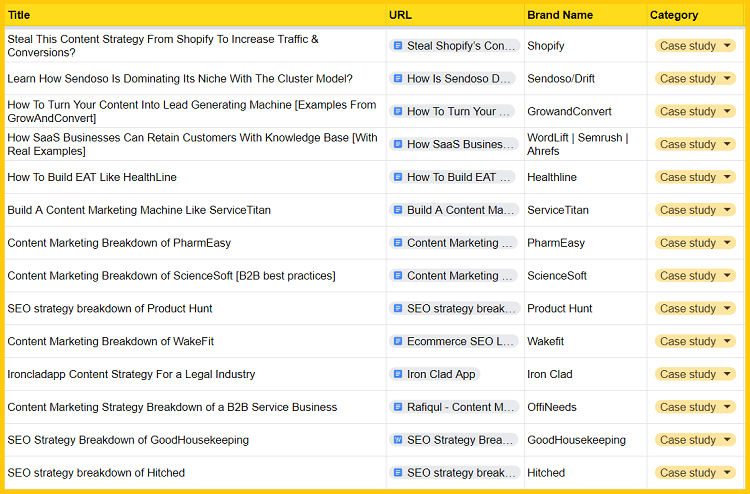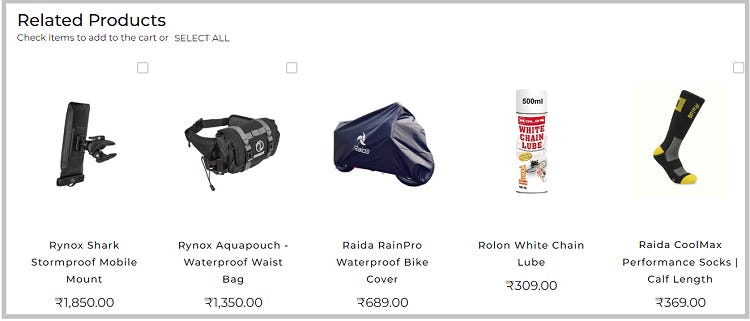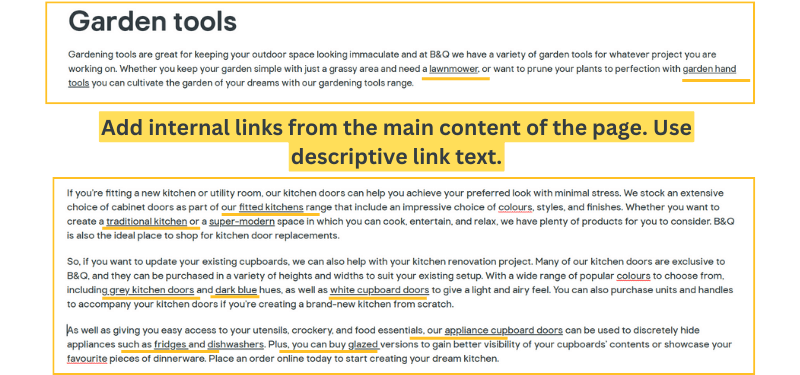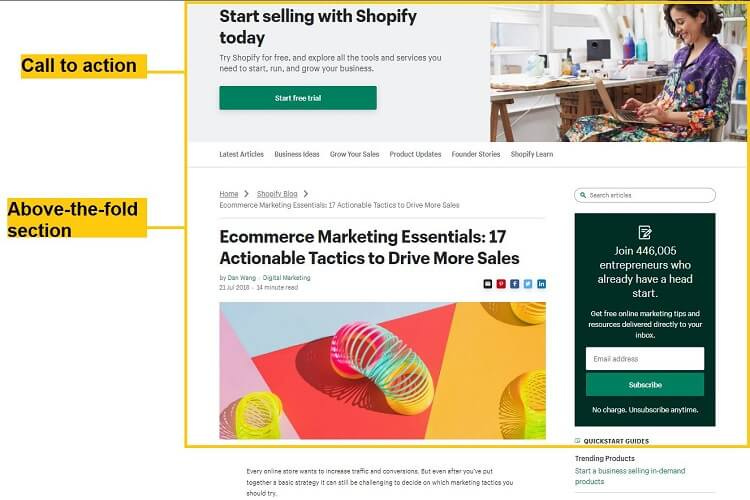🎯 Actionable insights
💡 1. Never solely rely on SEO tools for audience research. Here’s what to do instead
If your audience research process in SEO starts and ends with SEO tools, you need to think again.
Here's why and what to do instead 👇
Many times, insights from SEO tools aren't accurate (often 0 SV keywords have the potential)
No competitive advantage (if everyone follows the same data, the content topics of competitors and yours will be similar)
Lack of empathy (knowing the real pain points and concerns of your audience)
Better approach?
Find real questions asked by real people in your industry.
Most of the time, questions define problems of your audience that your business offerings can solve.
Here's a quick way to do that:
- First, find a list of communities and forums in your niche.
- Second, Google [your topic site:(domain of the community site)]
An example: If your product helps to reduce churn rate, you may search for something like “Churn rate site:quora.com”
- Third, create a spreadsheet to list all related questions
- Fourth, also add the question URL to the sheet (got this idea from Kevin Indig).
So, when you create a blog/podcast/video on the same topic, you can share it with the community members.
Now, you have a basic foundation for your audience research that will help you find unique content angles.
👉 Insight from Sk Rafiqul Islam (creator of Content Marketing VIP)
⭐ Unlock SEO breakdowns of high-performing sites in search
When you join the Content Marketing VIP club, you'll unlock 30+ resources on:
SEO case studies
In-depth guides (EAT, Blog UX, Content briefs, etc.)
SEO audit
Frameworks and SOPs
You’ll also get access to new content going forward.
This should be expensive, right?
The content marketing VIP club has a yearly membership option which costs you only $27 annually. That means you'll spend around only ₹6 per day to reach the top category of SEOs. Now, the choice is yours 👇
If you're unsure whether this is right for you? DM over LinkedIn, and I'll help you decide (Don't worry, I'll never try to convince you to buy)
👉 Join Content Marketing VIP Club membership
💬 Bite-sized insights
💡 1. Do not make this internal linking mistake in eCommerce stores
Most eCommerce sites solely rely on related products, related categories, or popular products sections to add internal links on category and product pages.
For example:
These related sections improve the UX, upsell more products and more.
However, from an SEO point of view, you’re missing out on an opportunity – which is to get PageRank value from one page to another.
For this, you need to understand Google’s reasonable surfer patent.
In short:
“The patent assumes that not all links on a webpage are equally likely to be clicked by a user, and therefore assigns a "ranking score" to each link based on its position and other factors.
Links that are more likely to be clicked are given a higher score, and those that are less likely to be clicked are given a lower score.”
This is why adding links from the sidebar or footer of supplementary content will page less PageRank than internal links from the main content.
Here’s an example from DIY.(com):
As you can see, their category pages have unique content with descriptive link text.
This helps in passing more PageRank as compared to footer or sidebars or navigation menus.
Action items:
Instead of solely relying on automated internal link sections, try to include internal links to related pages with descriptive link text.
Also, these anchor text variations (through links in the main content) will add more context to the page.
Learn more about the Reasonable surfer model (by Bill Slwaski)
👉 Insight from Sk Rafiqul Islam
💡 2. Optimize your blog pages for conversion
Most of the websites follow the same default page structure.
For example, the above-the-fold (ATF) section of a blog page will have a featured image, heading, and introduction.
Nothing wrong with this approach. But why not test the default style and make it more conversion/goal optimized?
Take Shopify as an example.
Most of their ATF blog section has a personalized CTA (lead generation form).
Another example to take ideas from:
Brainstation.(io) is an online training platform for students who want to build their career in tech.
They optimize their blog post by optimizing the above-the-fold section with a personalized lead generation form.
The point is to go beyond the default system and test the elements for higher conversions.
👉 Insight from Sk Rafiqul Islam
💡 3. PAS copywriting example (By Jeremy Moser)
P (problem) → A (agitate) → S (solution) is one of the most popular copywriting frameworks.
How does it work?
Step 1. Identify the key problem of your audience.
Step 2. Agitate the problem by understanding the pain points, and emotions.
Step 3. Now, it’s time to promise a solution.
Here's a real example →
Where can I use this framework?
Landing page
Blog post-intro
Newsletter signup page, etc.
👉 Insights by Jeremy Moser (read his copywriting thread)
💡 4. Quick tip for finding citation opportunities for local business
Citations in local SEO help in:
Google maps
Local keyword rankings
Overall domain authority
Here’s how you can find many opportunities to get citations for your local business.
Type the following search terms in Google.
This will show you a list of sites that have linked to your competitors but not yours.
Next, pitch these sites or try to get listed there (if it’s genuine).
👉 Insight from Sk Rafiqul Islam
🗓️ Free resources/ tools
💡 1. Copy this content strategy template (with a real example)
Recently, I found that Superpath (a platform for content marketers) has made its content strategy publicly accessible to anyone.
The best part is that you can copy the same Notion content strategy template and customize it for your business.
It covers:
Target audience
Building a content engine (content lane, publishing overview)
Content channels and formats
Aligning business strategy with content
Future opportunities, and more.
Here’s a sneak peek:
👉 Check out Superpath’s content strategy template (free to download)
😄 Have Some Fun













Love the advice of searching community sites to find trending topics for your audience! I haven’t thought of that before.